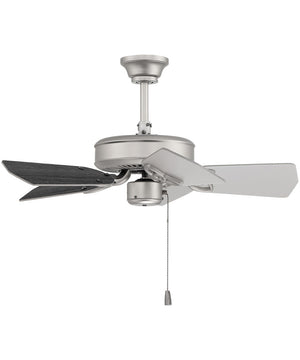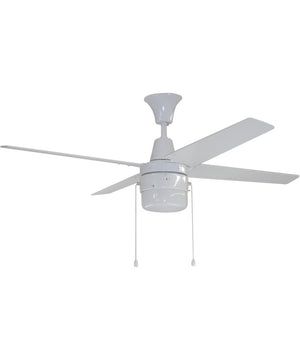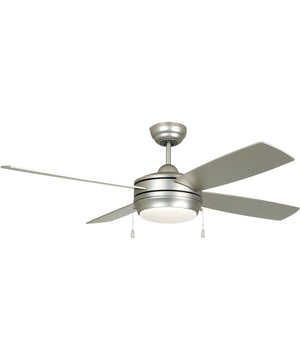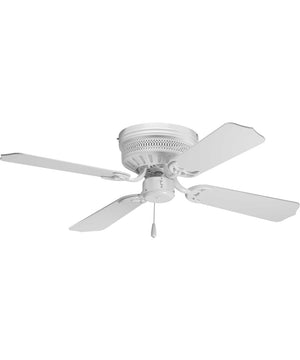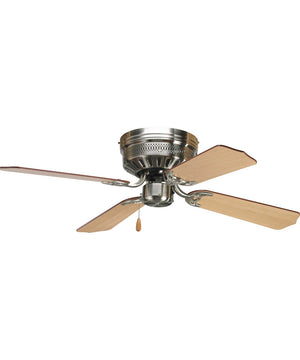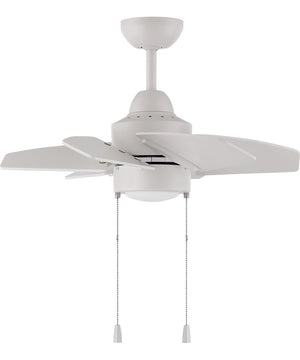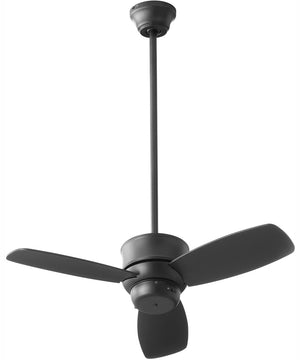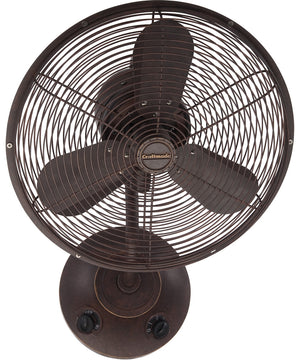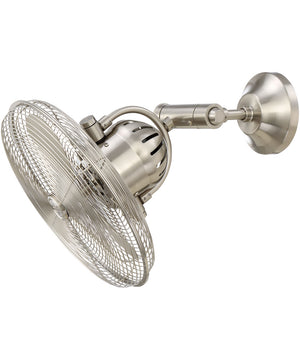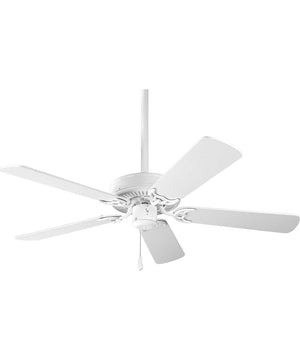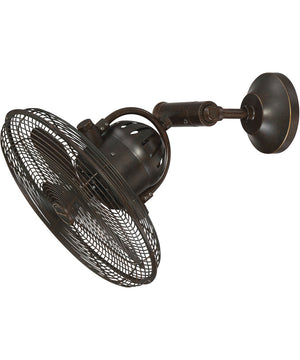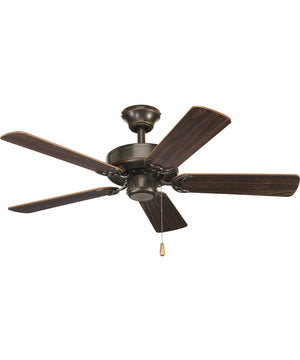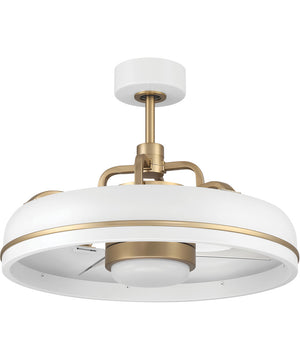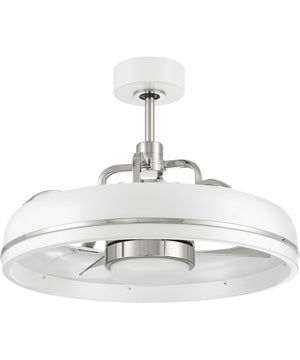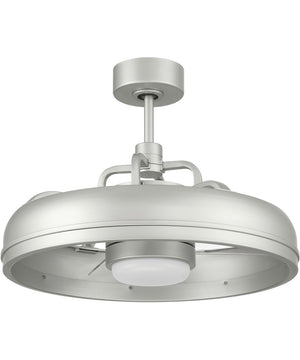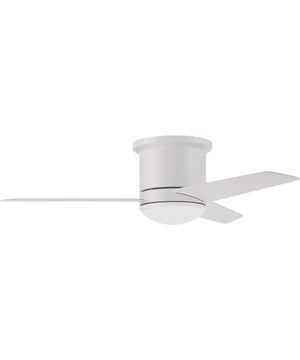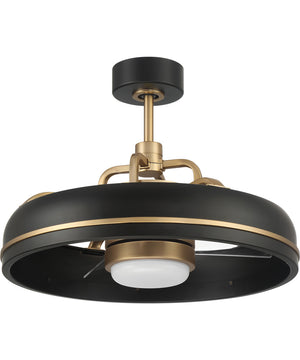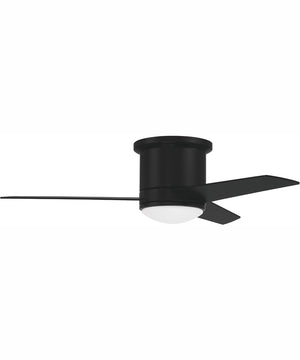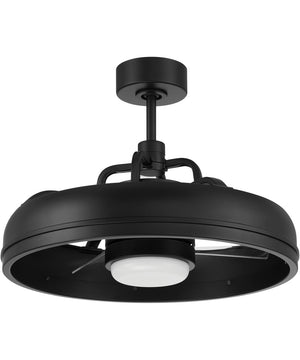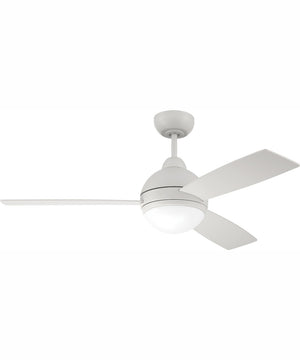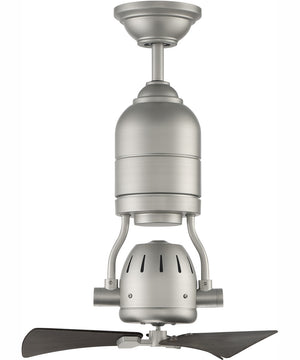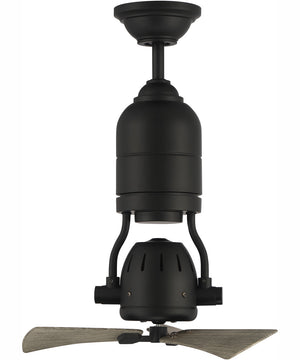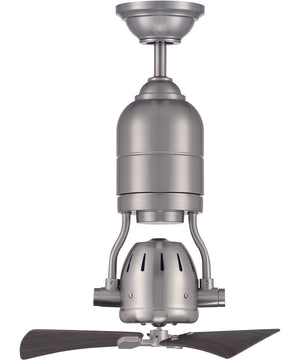Small Ceiling Fans
Promotions
Popular Categories in Small Ceiling Fans
Small Ceiling Fans
Maximizing Comfort in Tight Spaces: Choosing the Right Small Ceiling Fan
Feeling the heat in a cozy bedroom, tiny office, or compact kitchen? Space constraints shouldn't mean sacrificing comfort. We've all been there – trying to cool a small room with inadequate airflow, leading to stuffiness and discomfort. Effectively cooling these tight spaces presents a unique challenge, as standard-sized ceiling fans can overwhelm the area, both visually and functionally. Thankfully, the demand for practical, space-saving solutions has led to a surge in the popularity of specialized ceiling fans, including the tiny ceiling fan.
Understanding the Need for Small Ceiling Fans
Ceiling fans offer a multitude of benefits, from enhancing energy efficiency by reducing reliance on air conditioning to providing vital air circulation that creates a more comfortable environment. However, when it comes to smaller rooms, standard-sized ceiling fans often fall short. The powerful airflow generated by larger models can feel overwhelming in a confined space, creating an uncomfortable draft rather than a gentle breeze. Moreover, their substantial size can visually dominate a small room, contributing to a cluttered and cramped feeling. Perhaps most importantly, in rooms with low ceilings, standard fans can pose a safety hazard, with blades positioned too close to occupants. These challenges highlight the critical need for specialized solutions. Ceiling fans for small rooms are designed to address these issues, offering appropriately sized and powered options that ensure optimal comfort and safety without compromising on style or functionality.
Types of Small Ceiling Fans
A. Mini Ceiling Fans: These fans are the ideal choice when space is limited. Typically, these fans boast a blade span of 30 inches or less, making them ideal for exceptionally small areas like walk-in closets, bathrooms, or even utility rooms. Their compact size allows for targeted airflow without overwhelming the space.
B. Compact Ceiling Fans: While sharing the goal of space efficiency, compact ceiling fans differ from their "mini" counterparts by offering a slightly larger blade span, generally ranging from 30 to 42 inches. This increased size allows for greater airflow, making them suitable for slightly larger small rooms, such as home offices or smaller bedrooms, where a bit more circulation is needed. Their versatility allows them to blend into a multitude of interior designs.
C. Low Profile Ceiling Fans Small: In rooms with lower than standard ceiling heights, standard ceiling fans can create a safety hazard and an uncomfortable feeling of being crowded. That is where low profile ceiling fan small options come into play. These fans, also known as hugger fans, are designed to sit flush against the ceiling, maximizing headroom. They are ideal for rooms with ceilings under 8 feet, such as older homes or finished basements, ensuring both comfort and safety.
Factors to Consider When Choosing a Small Sized Ceiling Fan
A. Room Size and Dimensions:
- When selecting a ceiling fan in small room, accurately determining the room's square footage is crucial. A fan that's too large will create a wind tunnel effect, while one that's too small won't provide adequate airflow. As a general guideline:
- For rooms under 75 square feet, a fan with a blade span of 29-36 inches is typically sufficient.
- Rooms between 75 and 100 square feet may benefit from a 36-42 inch blade span.
- Always measure the room's length and width to calculate the precise square footage. Don't forget to consider any unusual room shapes that could affect airflow.
- For rooms under 75 square feet, a fan with a blade span of 29-36 inches is typically sufficient.
B. Blade Span and Pitch:
- The blade span, or the diameter of the circle the blades create, directly impacts the area the fan can effectively cool. A larger span moves more air. Additionally, the blade pitch, or the angle of the blades, influences how efficiently air is circulated. A steeper pitch generally moves more air. Some fan specifications may include measurements of airflow, potentially expressed in cubic feet per minute (CFM), or blade span expressed in millimeters, for example a value close to 4400 could express a blade span measurement. When considering these specifications, higher CFM values indicate greater airflow. Choosing the correct balance between blade span and pitch is essential for optimal comfort in a small space.
C. Ceiling Height and Clearance:
- Safety is paramount, especially when installing a fan in a room with a low ceiling. Building codes typically require a minimum clearance of 7 feet between the fan blades and the floor. For rooms with lower ceilings, low profile ceiling fan small options are essential. These 'hugger' or flush-mount fans minimize the distance between the fan and the ceiling. Always double-check the manufacturer's specifications for minimum ceiling height requirements.
D. Motor Type and Efficiency:
- Ceiling fans are powered by either AC (alternating current) or DC (direct current) motors. DC motors are generally more energy-efficient, quieter, and offer more speed settings. While AC motors are often more affordable, DC motors can save you money on energy bills in the long run. Look for Energy Star-rated fans to ensure optimal efficiency.
E. Lighting Options:
- In small rooms, integrated lighting can eliminate the need for separate light fixtures, saving space and simplifying wiring. Many small ceiling fans offer built-in LED lighting, which is energy-efficient and long-lasting. Consider the brightness and color temperature of the lighting to ensure it meets your needs. Dimmable lighting options provide added flexibility.
F. Style and Aesthetics:
- A ceiling fan should not only be functional but also complement the room's décor. From sleek modern designs to classic traditional styles, there's a small ceiling fan to suit any taste. Consider the room's existing color scheme and furniture when making your selection. For example, a minimalist fan with clean lines might be perfect for a modern space, while a fan with ornate details could enhance a traditional room.
When selecting a small ceiling fan, remember to prioritize room size and dimensions, ensuring the blade span and airflow are appropriate for your space. Carefully consider ceiling height and clearance, opting for low-profile models when necessary. Evaluate motor type and efficiency, favoring DC motors for energy savings. Don't overlook lighting options, especially integrated LED lights, and choose a style that complements your décor.
Small ceiling fans offer significant benefits in tight spaces. They improve air circulation, enhance comfort, and can even reduce energy costs. By carefully considering your specific needs and preferences, you can find the perfect fan to maximize comfort and style. For a wide selection of high-quality small ceiling fans, consider exploring the offerings available at LampsUSA.com, where you can find various styles and features to suit any small room.
With the right small ceiling fan, you can transform any cramped space into a comfortable and inviting environment.











